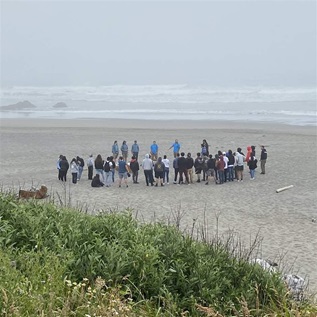In Marin County, CA, Research Shows That Voters With Disabilities Prefer to Vote by Mail
Return to Election Data Dispatches
A report commissioned by the Marin County Registrar of Voters found that disabled voters strongly prefer voting by mail to voting in person, even when accessible voting machines are available.
Among the registrar’s goals in commissioning the report were to find out whether people with disabilities experienced obstacles to voting and how they preferred to vote. Specifically, the research, based on a survey of 1,300 individuals in Marin County, found:
- 92 percent of registered voters with disabilities—those with impairments in mobility, manual dexterity, vision, hearing, or cognition—reported that they voted in presidential or local elections, compared with a reported 97 percent turnout among voters without disabilities. Respondents with cognitive impairments had the lowest turnout at 85.7 percent.
- Although all polling places had accessible voting machines, since 2006, no more than 17 individuals countywide had used the technology in a statewide election. The report found no evidence that voters with a specific disability were more likely to use these machines.
- 86.2 percent of voters with disabilities preferred to cast a ballot by mail versus voting in person at polling places or election offices compared with 73.3 percent among voters without a disability. California has permanent absentee voting: An individual can request mail ballots for all future elections, without providing a reason.
Pew’s Elections Performance Index found that states with no-excuse or permanent mail voting had lower rates of nonvoting due to disability or illness in 2012: 14.7 percent compared with 18.6 percent for states with limited mail voting.
Follow us on Twitter using #electiondata and get the latest data dispatches, research, and news by subscribing today.











